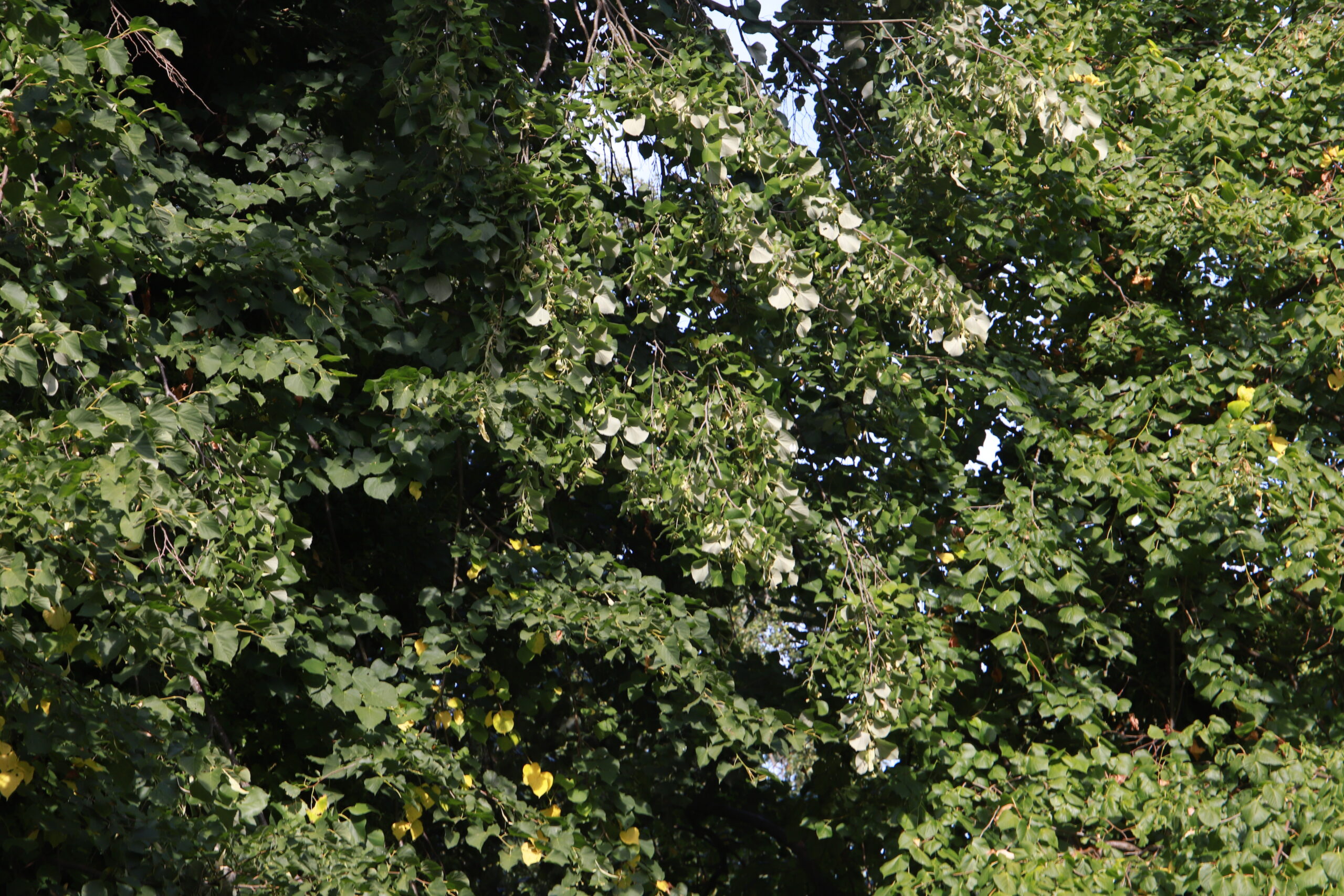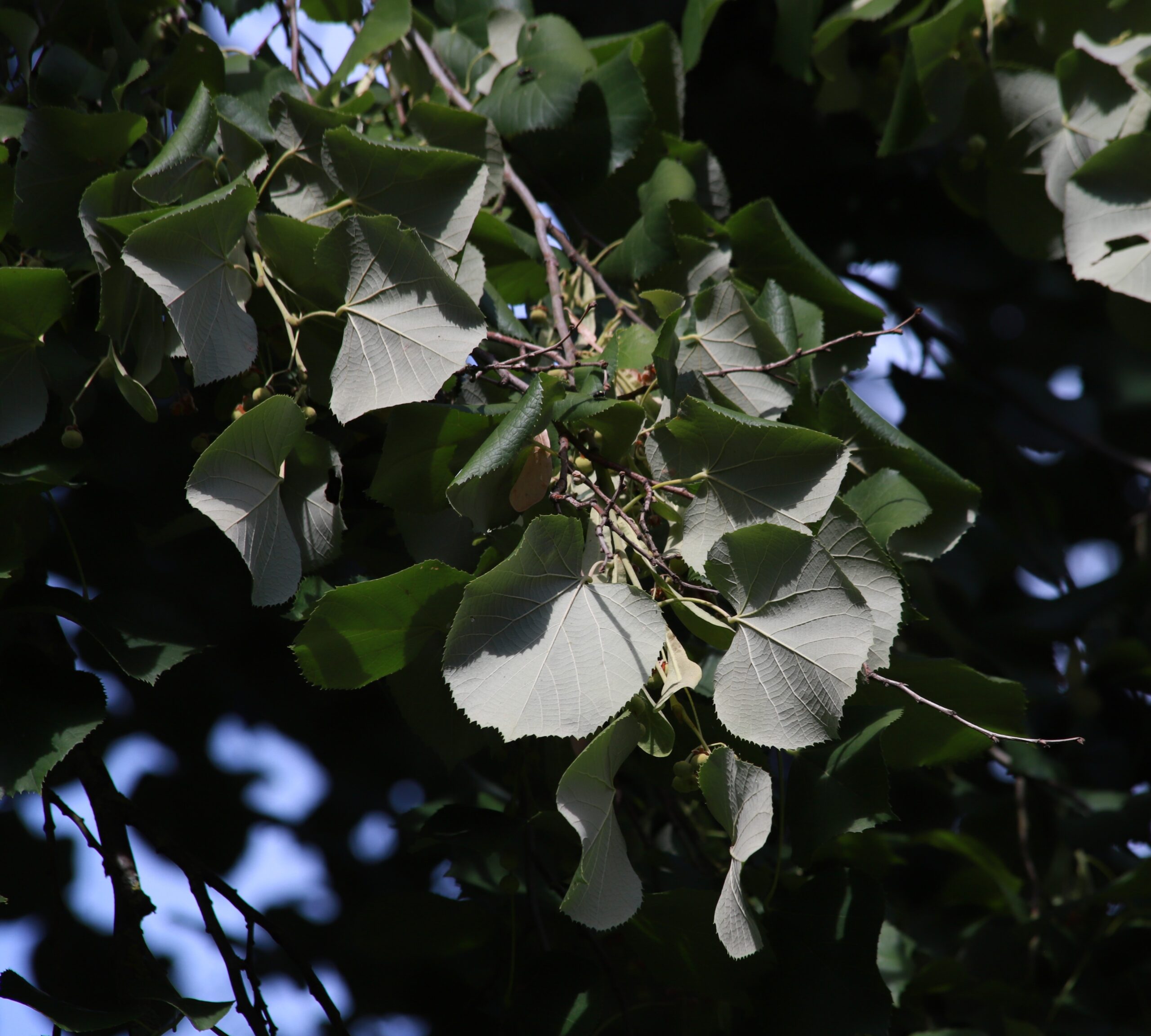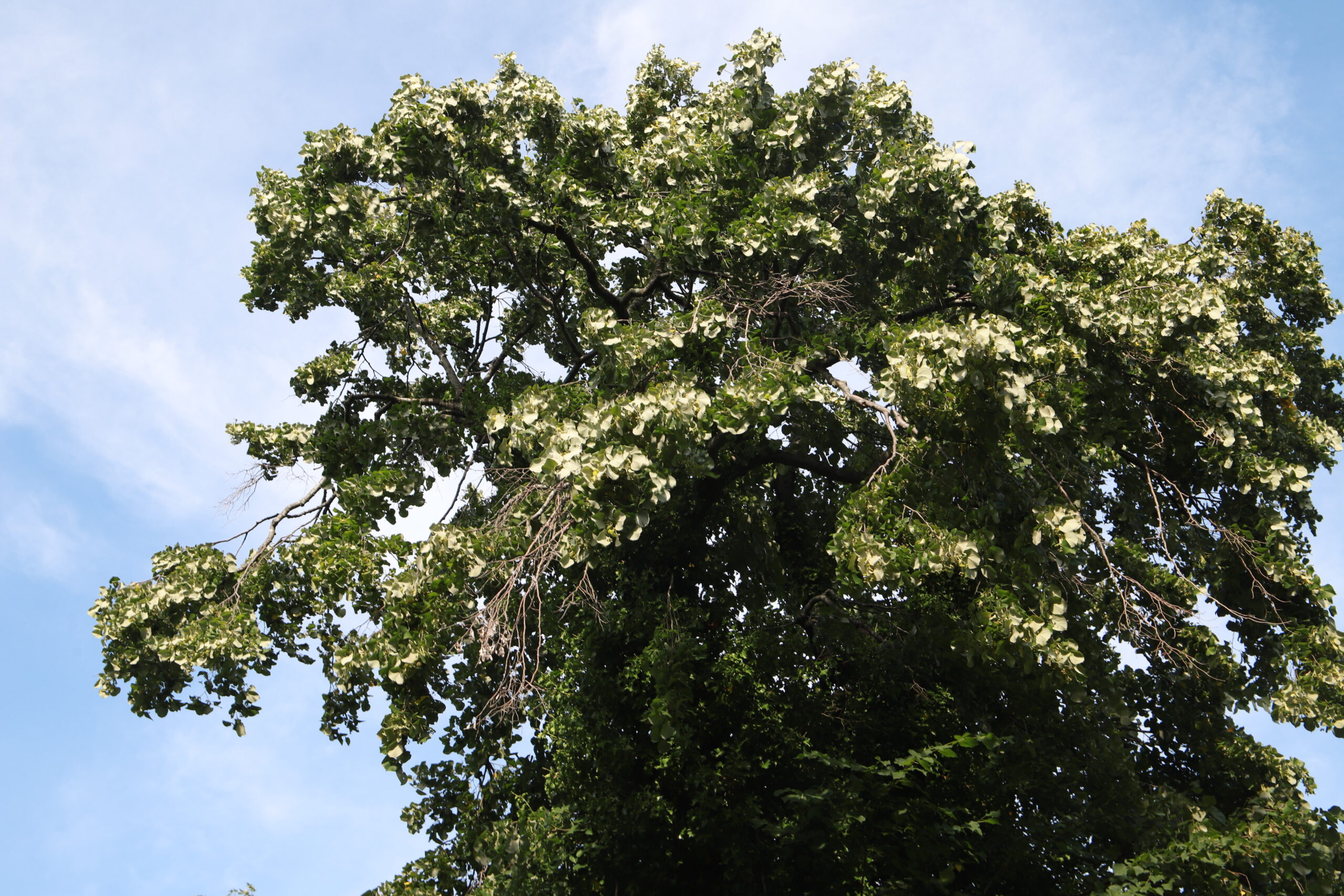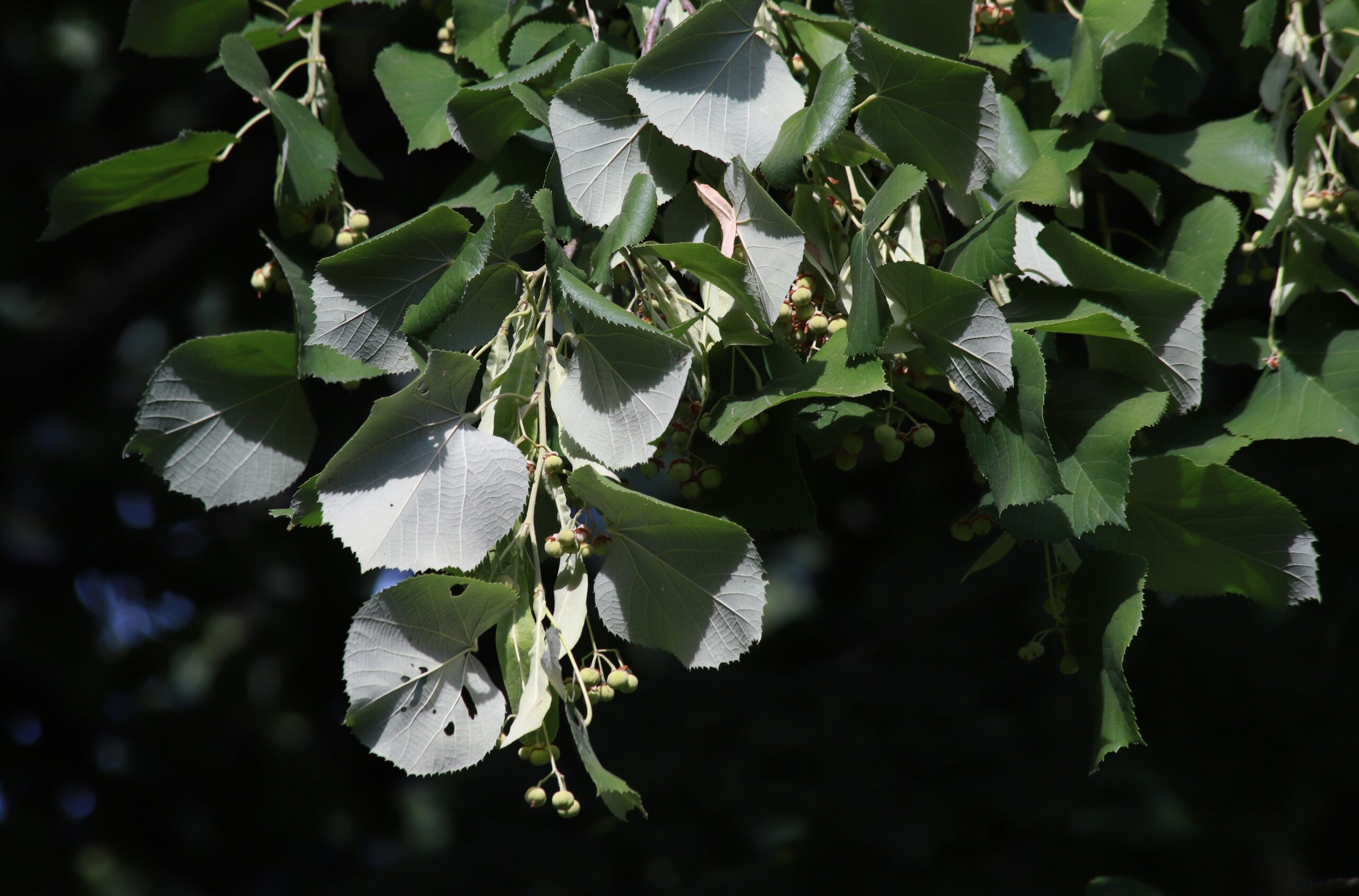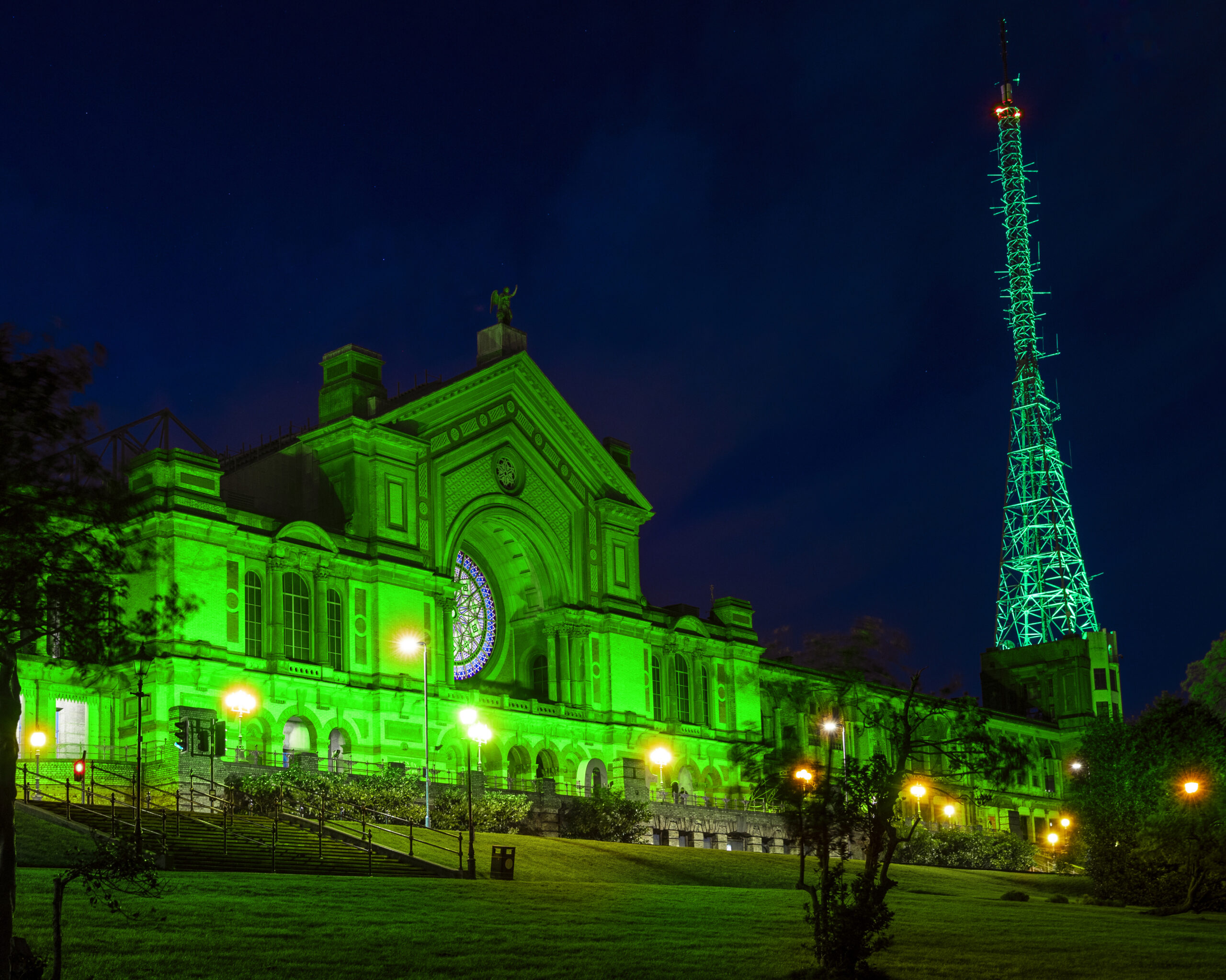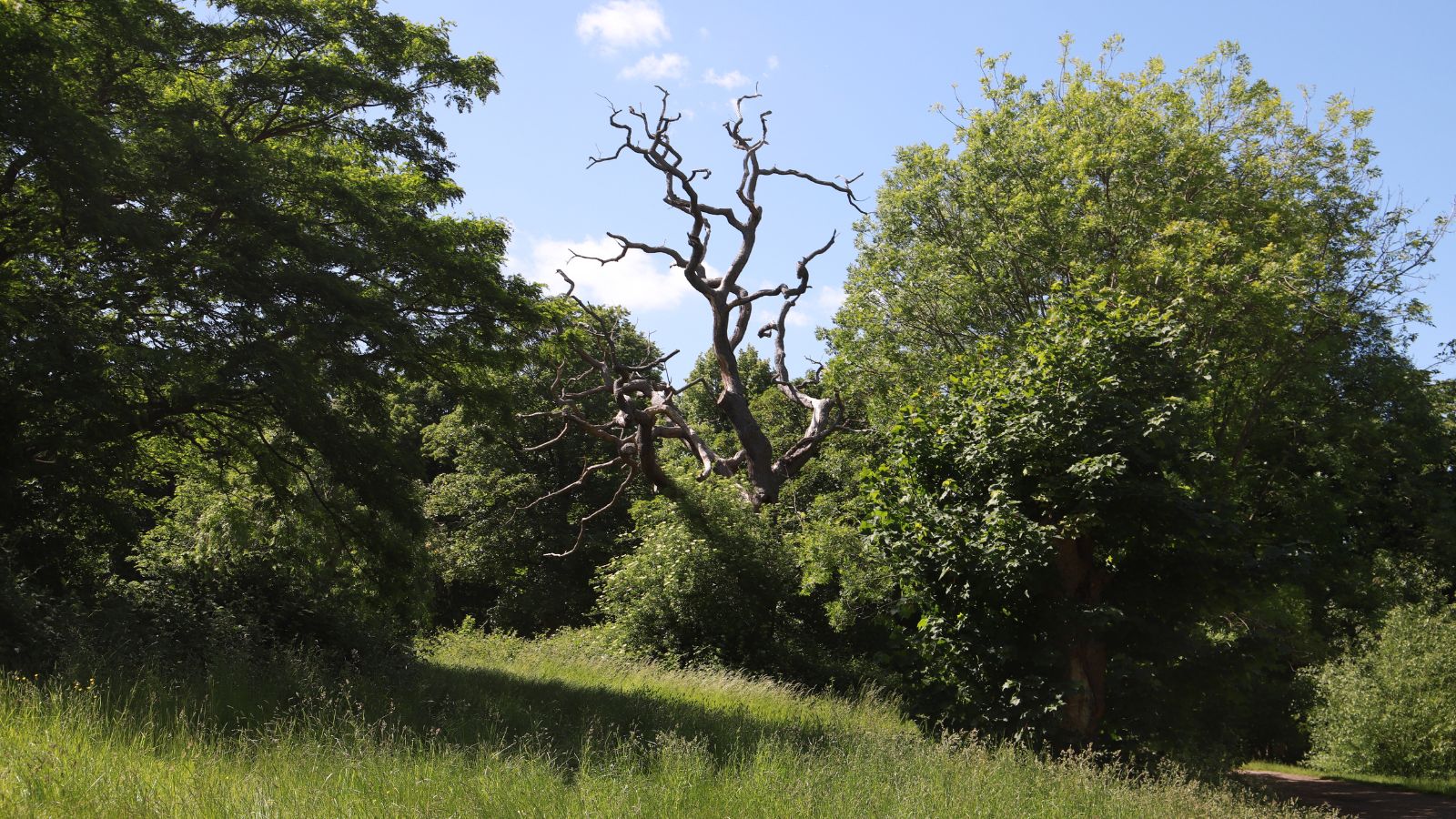There are more than 7,000 trees in Alexandra Park and our resident expert, Stephen Middleton from The Friends of Alexandra Park, is introducing us to some of this favourites.
Standing admiring the tree, I was initially confused as the leaves that I examined were hanging down, but the undersides were green. Looking more closely, it became clear that these leaves came not from our Tree of the Month, the Weeping Silver Lime or Silver Pendent Lime (Tilia tomentosa ‘Petiolaris’), but from a large shoot from its common lime root stock. The other leaves higher up had the tell tale white undersides of the silver pendant lime which had been grafted onto the common lime.
To find this tree, take a walk down the steep path from the Rose Garden and cross the surfaced path at the bottom. Follow the path until it comes into the first of two small open areas (locations of old tennis courts). If you stand by the large dead oak the weeping silver lime is in the opposite corner.
The tree responds to the hot weather by turning its leaves over so that the white undersides face out. This is believed to keep the tree cool and perhaps reduce the evaporation from the leaves.
The silver pendent lime has long leaf stalks (petioles) which is one way this tree is distinguished from the ‘ordinary’ silver lime.
The white furry underside of the leaves deters the aphids that by contrast infest common limes dropping sticky honeydew from the insects onto parked cars.
When the wind blows, the long petioles magnify the fluttering of the leaves and produces an attractive contrast of the white undersides and dark top surfaces.
Our tree of the month, which can grow up to 30 metres in height, is probably a cultivar of the silver lime although some sources think it comes from a small wild population in the Caucasus.
Like other weeping forms of trees, they are often planted in graveyards to represent mourning.
The weeping silver lime has already flowered last month. They attract bees, but the bees can be adversely affected by substances in the nectar with some being found drunk underneath.
Looking at the tree at this time of year, small round fruits can be seen hanging down together with a long thin leaf-like structure called a bract.
Like many other trees in the park, it is planted for its ornamental value.

